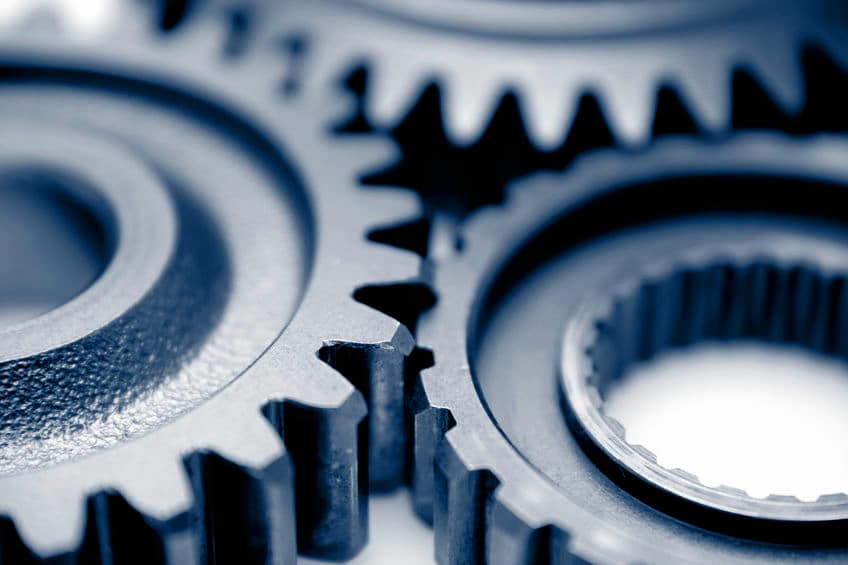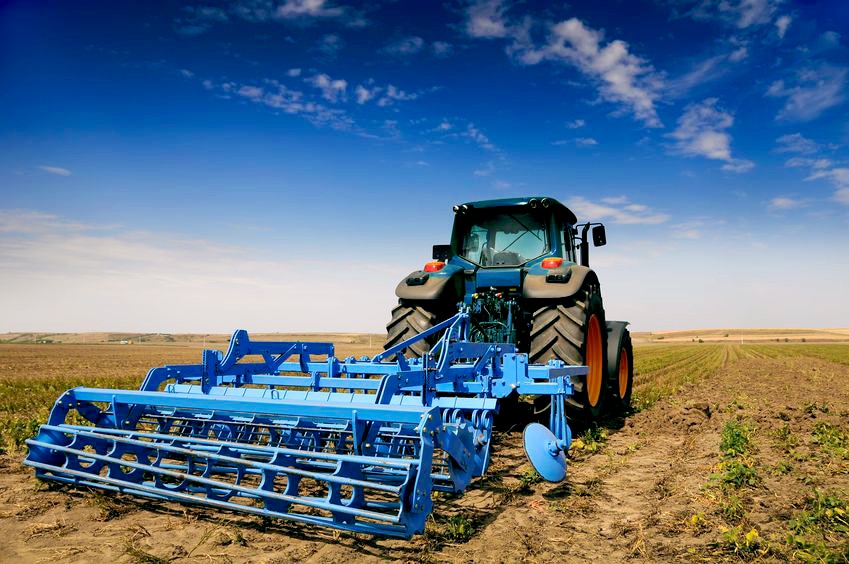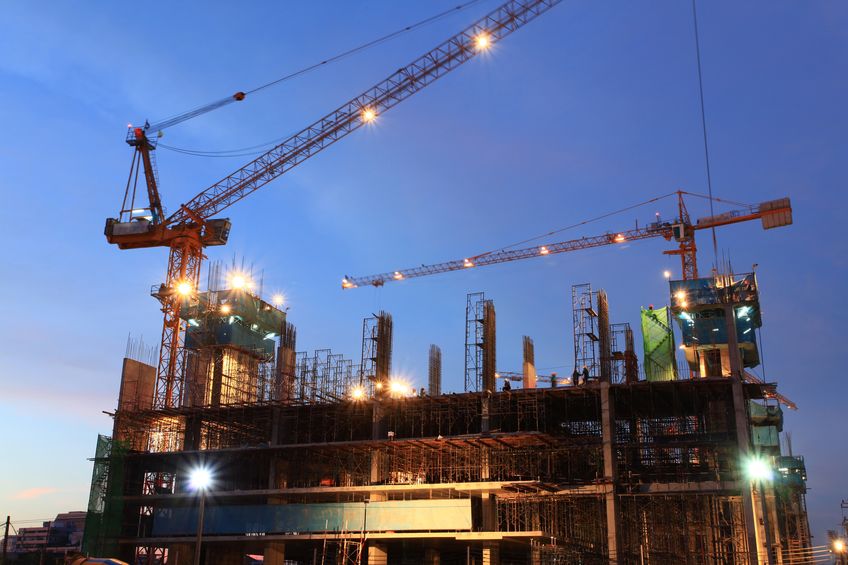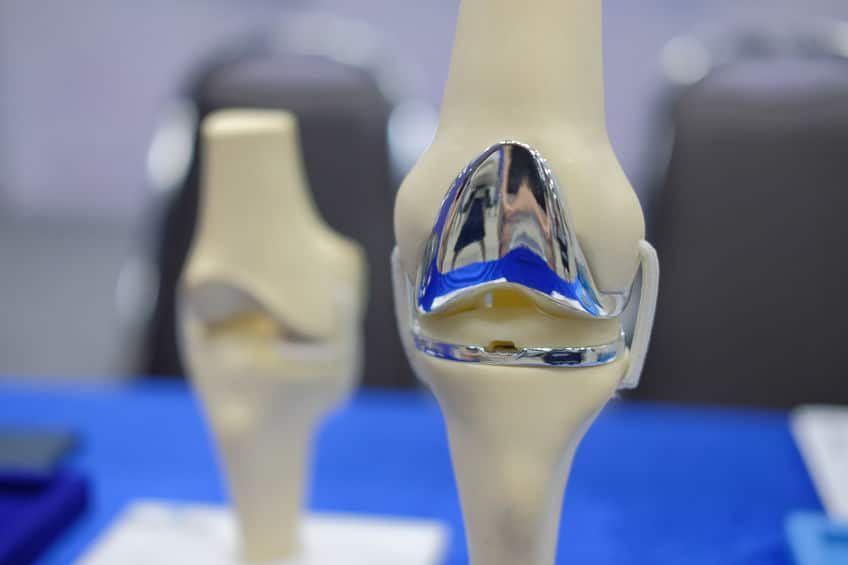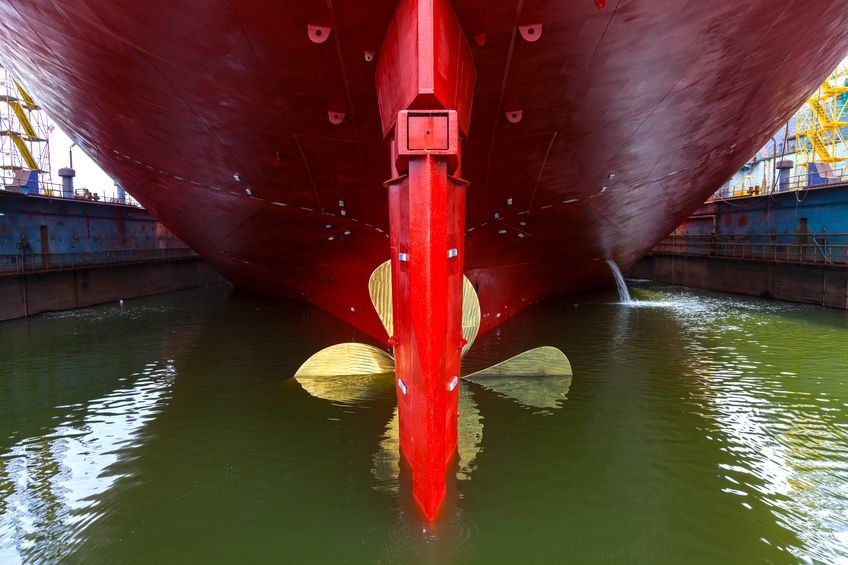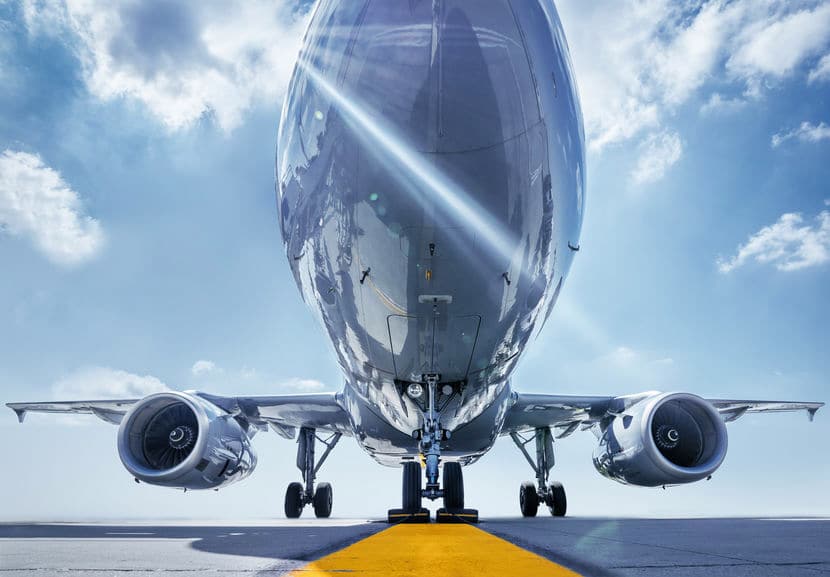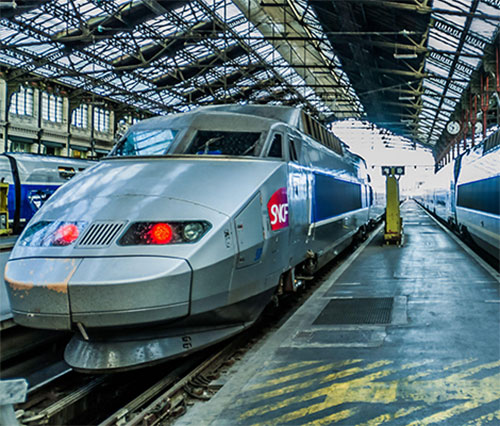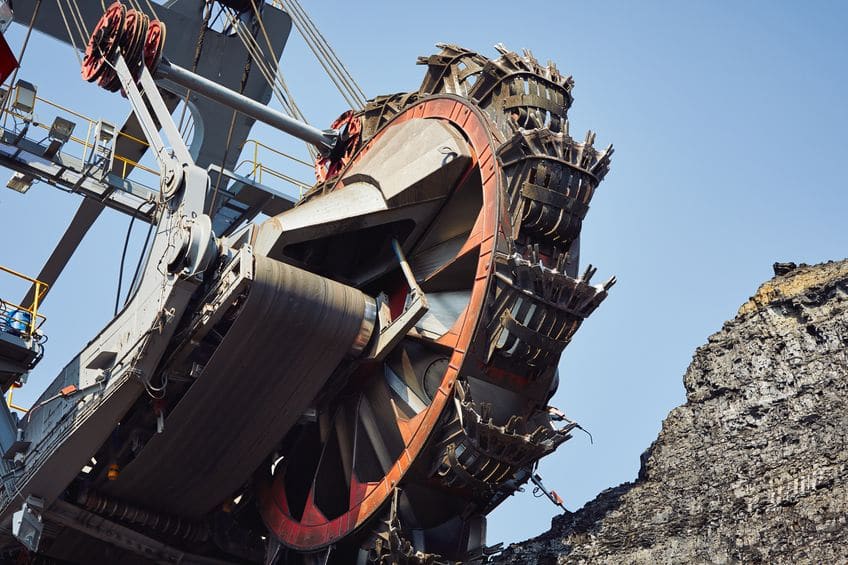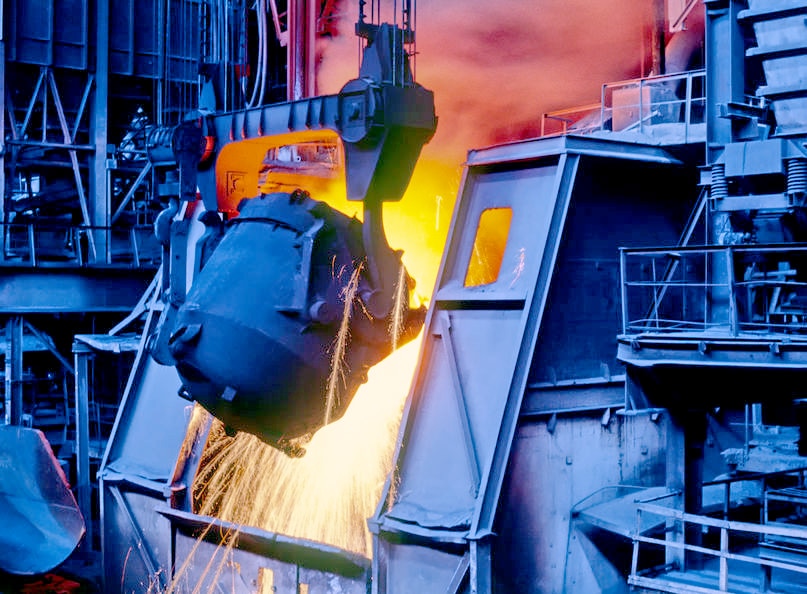Automotive
For the automotive industry castings are vital. Given the wide variety of castings they incorporate, passenger cars or trucks are inconceivable without them. Cast components are used not only in engines, drivetrains and chassis but also in vehicle bodies.
General Engineering
In general engineering in particular, the entire design of a machine is often dominated by cast components and relies upon innovation and advanced technology to meeting increasingly stringent requirements. Co-operation between foundries and general engineering companies is based on CAD networks as well as on FEM and simulation methods for optimising castings.
Foundries are increasingly meeting advances in technical development and the demands for energy efficiency through lightweight construction and the optimisation of cast components.
Agriculture Machines
Agriculture is the backbone of almost all world economies. But also an agricultural machine is incomplete without agricultural castings. Parts of iron steel and light metals serve as wheels, hubs and brake drums, hydraulics, engine and powertrain components etc.
Building and Construction
The range of products supplied by foundries to the building and construction industry is very wide and includes:
- pressure and drainage pipes and specials
- sewer castings and surface boxes
- castings for radiators, boilers
- cooker and stove castings
- sanitary castings
- malleable fittings
Electrical Engineering
Like the mechanical engineering industry, electrical engineering covers a wide range of subsectors. Castings are used in power generation equipment such as, for example, transformers and generators, as well as in electric motors. They contribute to the success of the energy turnaround and support energy efficiency in industrial plants.
Medical Engineering
There is hardly a better example than the use of cast components for the medical sector to show how people are directly helped by castings. Their range of applications includes integral parts for computerised tomography and scanners as well as for cast prostheses like knee and hip joints and even castings used in the infrastructure of hospitals, such as nodes in hospital beds.
Ship Building
Mobility on the high seas, whether it serves to transport cargo or passengers, is inseparably linked to castings made by foundries. Foundries produce large engines for ships of all sizes on a large scale and are largely responsible for energy efficiency on the oceans.
The Aerospace Industry
High-tech at its best: without castings, no plane can lift off and no rocket may move into space. Castings, often produced by the investment casting process, are to be found in turbines and jet engines as well as in the fuselages, undercarriages and interior fittings of airplanes.
Energy and Renewable Energy
Renewables without castings is inconceivable. Castings are used in many aspects of the energy industry such as for pumps and valves for the oil and gas sector, as well as cast nodes for offshore and on-shore structures, for hubs for wind energy turbines, as well castings for wind and wave power applications.
Railway Engineering
The transport of passengers as well as goods on land depends on the efficiency of rail engineering in all the regions of the world. To a large extent, it is due to castings that rail transport is one of the safest traffic infrastructures to be found anywhere. Castings in rail applications include motor blocks for electrically as well as diesel-powered engines as well as undercarriage and brake components on a large scale. Rail crossings are also castings.
Art
Already in ancient times the great variety of the casting process was used in art. This accounts for the bronze age until nowadays. Sculptors like Auguste Rodin, Jeff Koons and Tony Cragg are just a few to be named, who have and are using the casting process for their works.
Mining
Castings are indispensable for the mining and earth moving industry. Mining operations require complex castings and consistently pure metals. Custom tailored abrasion resistant castings, parts for excavators, mining trucks and crushers meet the high requirements of this important industry.
Steel Industry
Steel production still is the heart-rate monitor of economic development because steel is supplied to the building industry as well as to the motor-vehicle and mechanical-engineering companies. Cast rolls, for example are absolute high-tech products, securing process stability in steel works around the globe.

